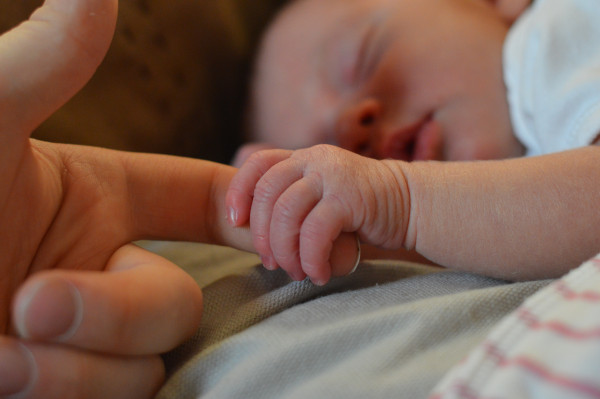About parental leave
If you or your partner are having a baby, or you’re taking responsibility for the care of a child under six, you might be entitled to parental leave. If you're entitled to parental leave and you give the right notice, it means your employer must keep your job open for you unless your job is defined as a key position or there's a redundancy situation.
If you’ve worked for your employer for an average of at least 10 hours a week for 12 months or more just before your baby’s due date, or the date you’ll start taking care of a child under six, you’re entitled to:
- 52 weeks of unpaid parental leave
- 26 weeks of government-funded parental leave payments (see below) if you’ll be the primary carer of a child born or coming into your care.
If you’ve worked for your employer for an average of at least 10 hours a week for six months or more just before your baby’s due date, or the date you’ll start taking care of a child under six, you’re entitled to:
- 26 weeks of unpaid parental leave
- 26 weeks of government-funded parental leave payments, if you’ll be the primary carer of a child born or coming into your care.
If you’re entitled to government-funded parental leave payments, you can choose to use other types of paid leave you’re entitled to before you start your parental leave. You can choose to use:
- annual leave
- time in lieu
- special leave
- alternative days.
Primary carer leave can start up to six weeks before the expected date of the child's arrival, or earlier if:
- your employer agrees
- your doctor or midwife says you need to
- it gets too hard for you to do your job safely while pregnant, and there’s no other suitable work available.
This tool from Employment New Zealand will help you find out if, and for how long, you and your partner are entitled to parental leave.
Partner’s parental leave

Parental leave can be taken by just one parent, or if you’re both eligible, you can split it with your partner.
Fathers or partners are also entitled to:
- one week of unpaid leave if you’ve worked for your employer for at least an average of 10 hours a week for six months, or
- two weeks of unpaid leave if you’ve worked for your employer for at least an average of 10 hours a week for 12 months.
You can take this leave between 21 days before your baby’s due date – or the date your partner intends to become the primary carer – and 21 days after. This leave is on top of any other parental leave you’re sharing with your partner.
Special leave for pregnant employees
If you’re pregnant, you’re also entitled to take 10 days of unpaid special leave for things like doctor’s appointments and antenatal classes, before you go on parental leave.
Paid parental leave (government-funded)
Paid parental leave aims to reduce financial stress on working families with newborns and young children.
Any eligible working parent can get government-funded parental leave payments if they’re the permanent primary carer of a child under six. This applies to employees, including casual and seasonal workers, temporary and fixed-term employees, and self-employed people.
Currently, eligible employees are entitled to 26 weeks of paid parental leave.
This leave is paid by the government through Inland Revenue, not by your employer, and weekly payments range from $177-$586 per week.
There are different entitlements available to parents depending on how long you’ve been employed or self-employed.
Apply for paid parental leave
Returning to work after parental leave
You need to let your employer know at least 21 days before the end of your parental leave whether or not you’re going to return to work.
If you’re not sure about going back to work, you could talk to your employer about the possibility of reducing your hours, or a flexible work arrangement, like job-sharing.
Protecting your job during pregnancy or parental leave